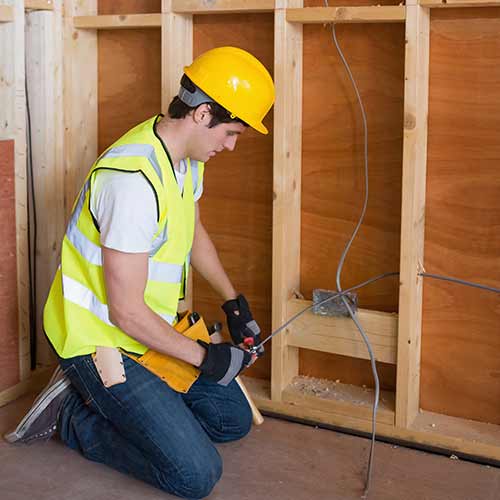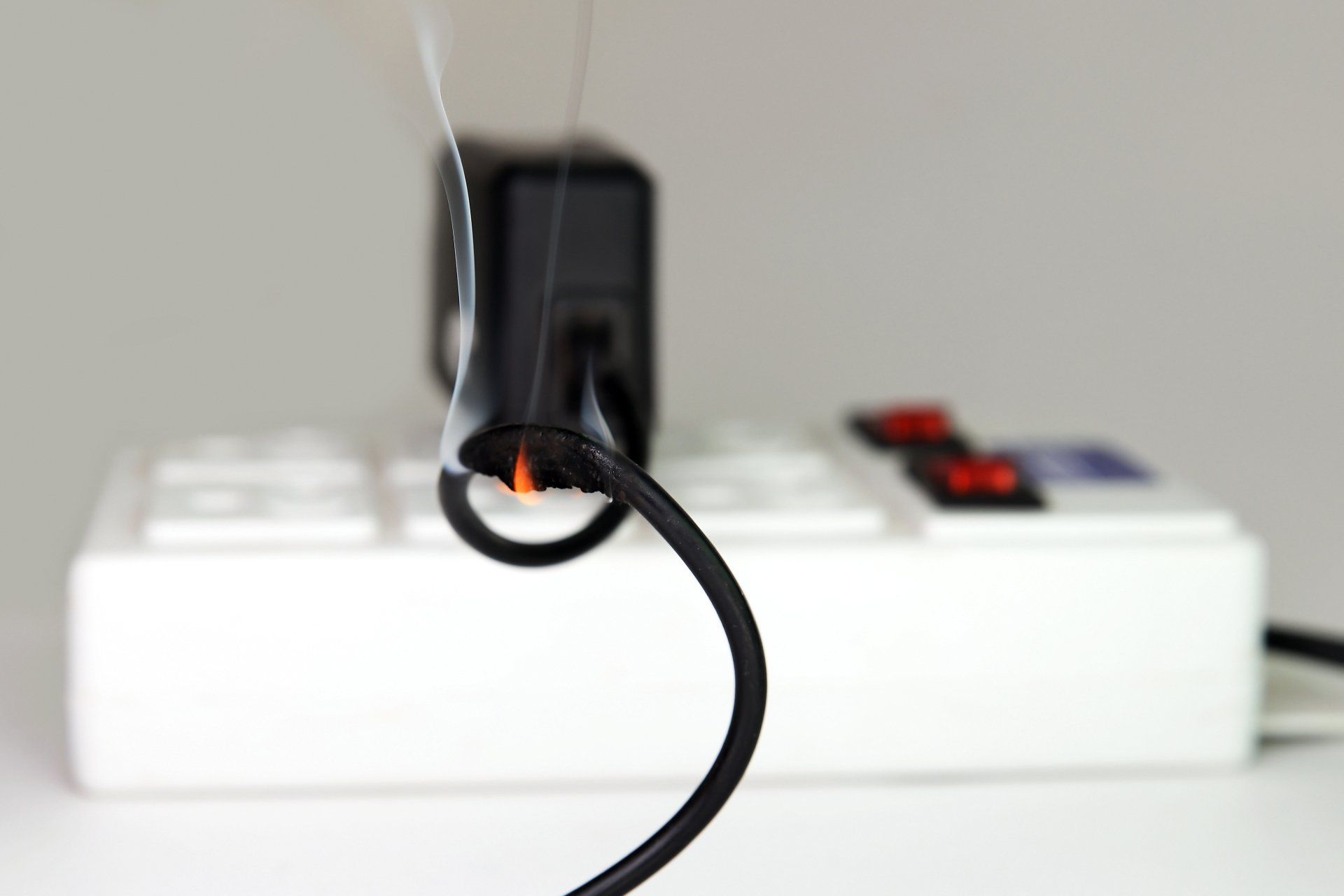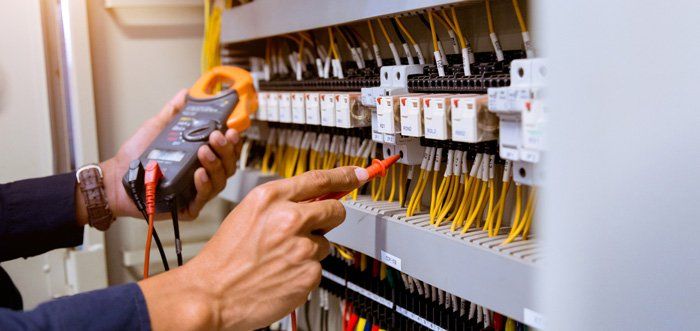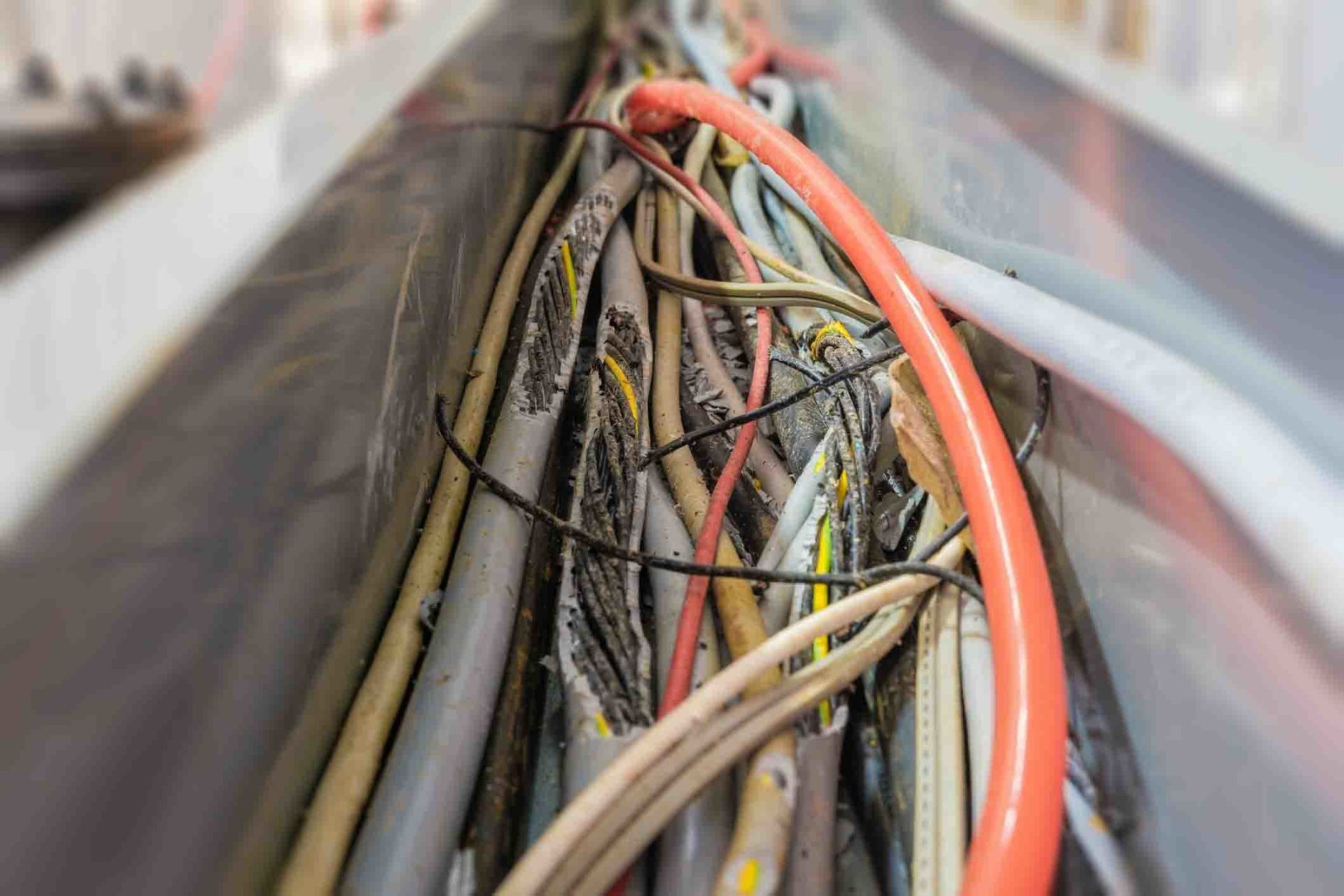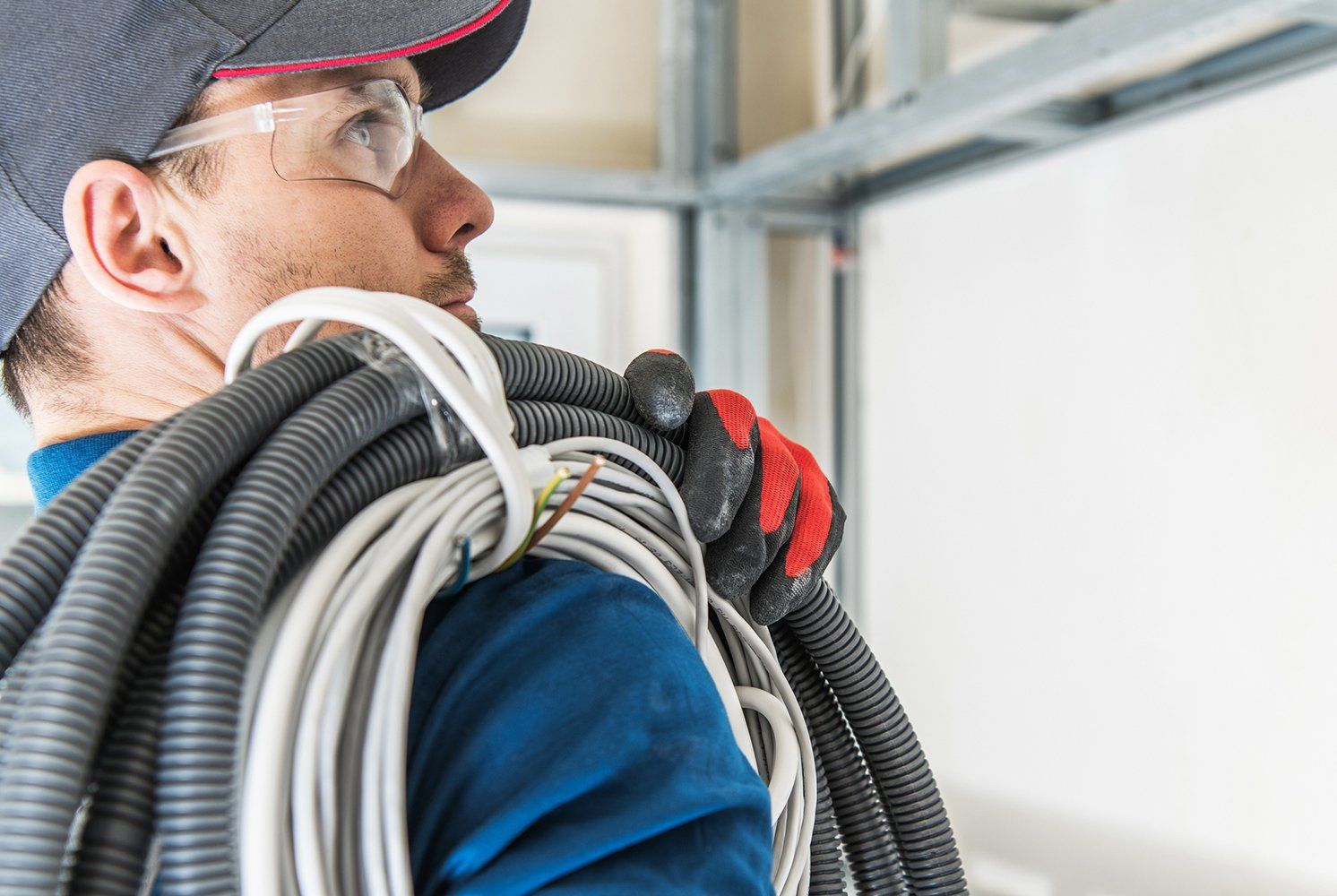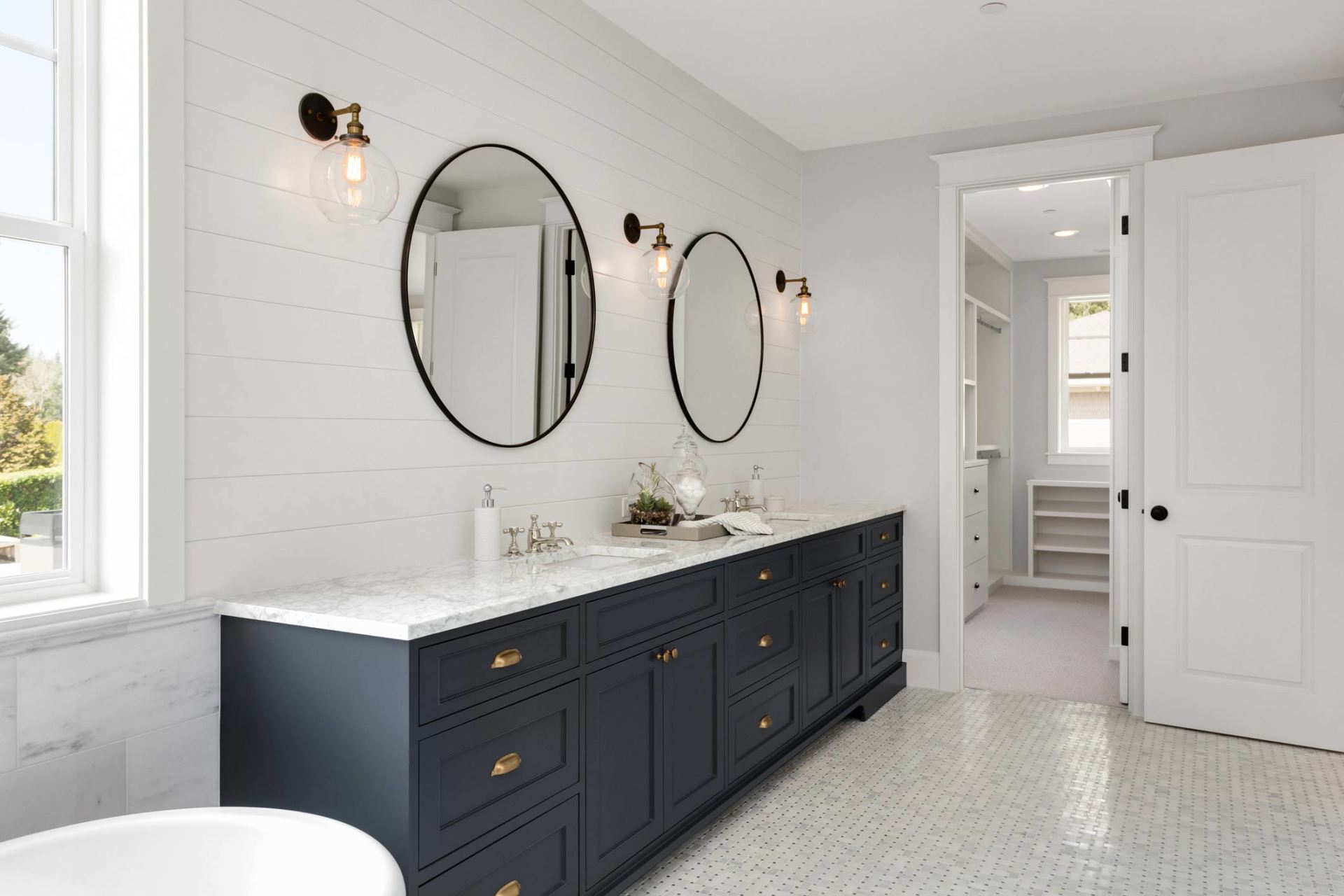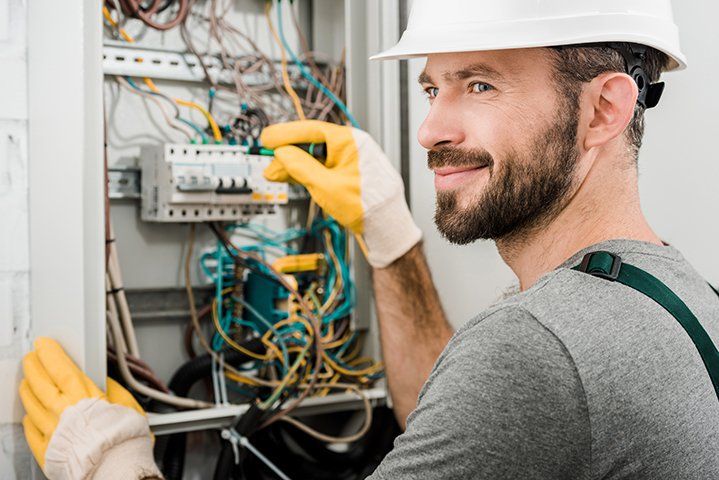3 Common Residential Wiring Problems That Need Correction
Admin • January 3, 2018
Your home's electrical wiring is one of its most important systems, but it is also one of the most hazardous if neglected. Electrical codes, which are the rules and regulations that govern residential wiring, specify that certain procedures and standards must be followed when installing wiring.
However, electrical codes change over time, and what may have been acceptable in the past may no longer be considered safe. That is why you should take a look for possible wiring hazards that exist in your home and take corrective action. Below are three common wiring problems that you should address if you discover them.
1. Lack of Ground-Fault Circuit Interrupter Outlets
A ground-fault circuit interrupter (GFCI) outlet is designed to detect voltage imbalances and shut down the flow of current immediately via a built-in breaker. These outlets are critical to the safety of home occupants because they prevent electrical shocks in areas where current leakage is likely.
For example, if someone drops a hair dryer into a bathtub, electrical current from the hair dryer may travel through the bathwater and cause a tragic electrocution. Ordinary outlets do not respond to this unexpected flow of electricity and will continue to put out current.
However, GFCI outlets are sophisticated devices capable of sensing a current deviation and will block the flow of electricity almost instantly. The occupant of the bathtub may still receive a minor shock, but the likelihood of them receiving a deadly jolt is unlikely.
You should immediately act to replace non-GFCI outlets located in bathrooms, kitchens, and outdoor areas with GFCI devices. GFCI outlets are reasonably priced, and an electrician can install new outlets in a relatively short period of time.
2. Reverse Polarity at Outlets
The narrow slot in a polarized outlet is attached to the hot wire, while the opposite wide slot is attached to the neutral wire. Modern appliances are designed so one wire inside the paired cord is internally designated as a hot connection. This wire is attached to a narrow prong that fits into the narrow slot on a polarized outlet.
Electrical current flow is kept consistent across the home's electrical network when outlets are wired properly for polarity. However, electrical shocks can occur if the hot and neutral wires are crossed inside a polarized outlet. The potential for shocks increases even more if either of the hot or neutral wires are mistakenly wired as grounded connections.
Homeowners can check for correct polarization by using an outlet tester, an inexpensive device that you can buy from hardware and home improvement stores. The outlet tester will provide immediate feedback to users by informing them if an outlet is wired correctly or not. Contact an electrician if you discover polarity problems with any of your outlets.
3. Missing Junction Boxes
Missing junction boxes are another common electrical problem. Electrical connections are made inside junction boxes, and they are critical for preventing bare wires from making contact with unprotected areas of the home. Wires enter junction boxes from any one of several openings and are joined inside boxes using wire nuts or other approved methods.
Junction boxes are sealed on several sides, but most have access plates that your electrician can remove should the need exist. In addition, properly equipped junction boxes need gaskets (bushings) where wires or cable pass into the boxes. These will prevent wires from being damaged by scraping against sharp edges.
Wiring connections may be difficult to find since they are often located in out-of-the-way spots, such as attics or basements. That's why you will need to contact a qualified electrician for help with searching for wiring connections not contained in junction boxes. Presley & Son Electric Service
is available to assist you with this process and can also correct any problems with your home's wiring.
Some myths lead you to believe you are taking all the steps possible to minimize home electricity usage. Learn about these myths and what else you can do.
Electrical accidents can happen in the blink of an eye. Take steps to protect your child from household electrical hazards with these four tips.
If you're thinking about a summer HVAC upgrade, take the first step and contact an electrician to evaluate your home's electrical system.
